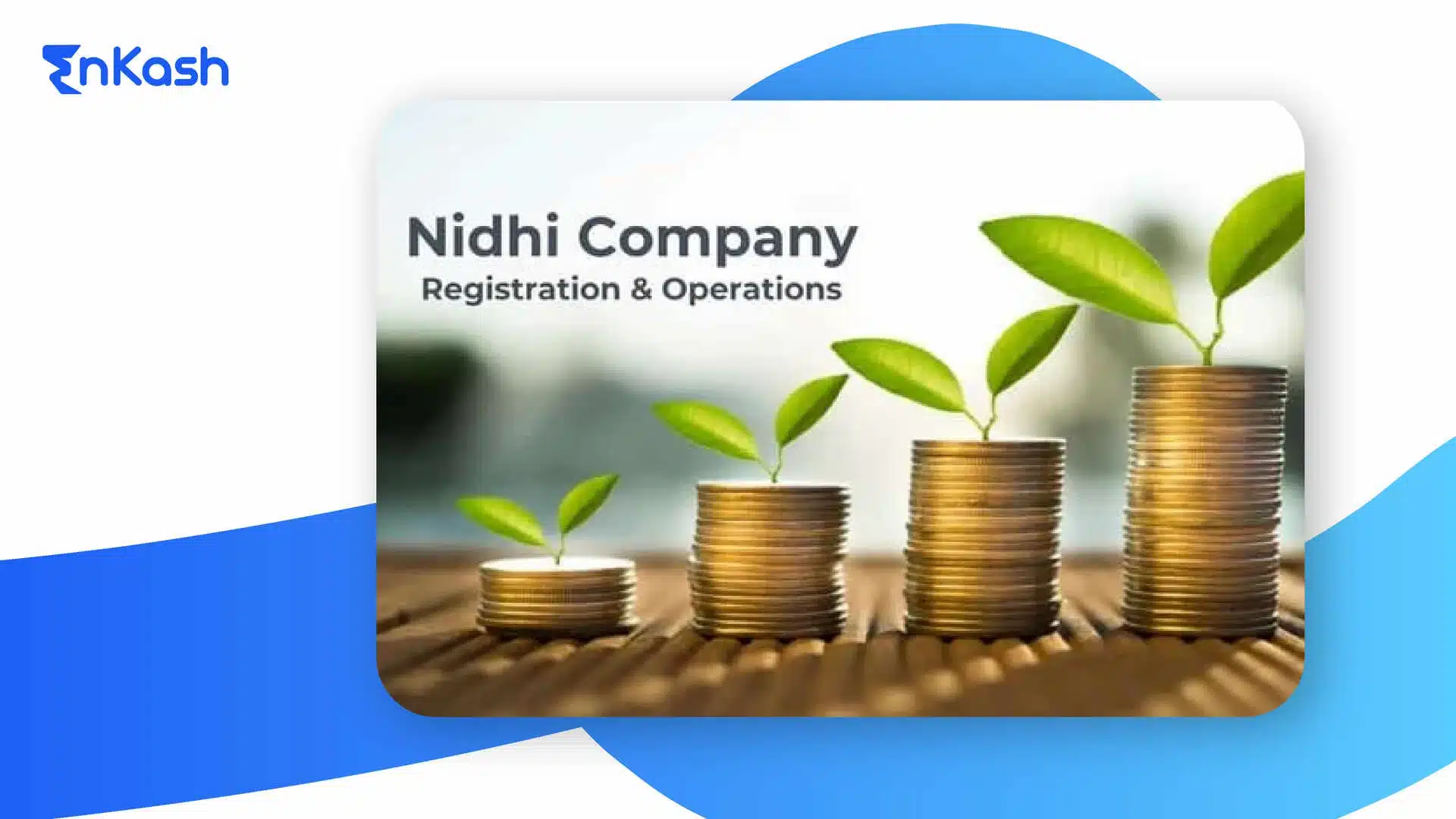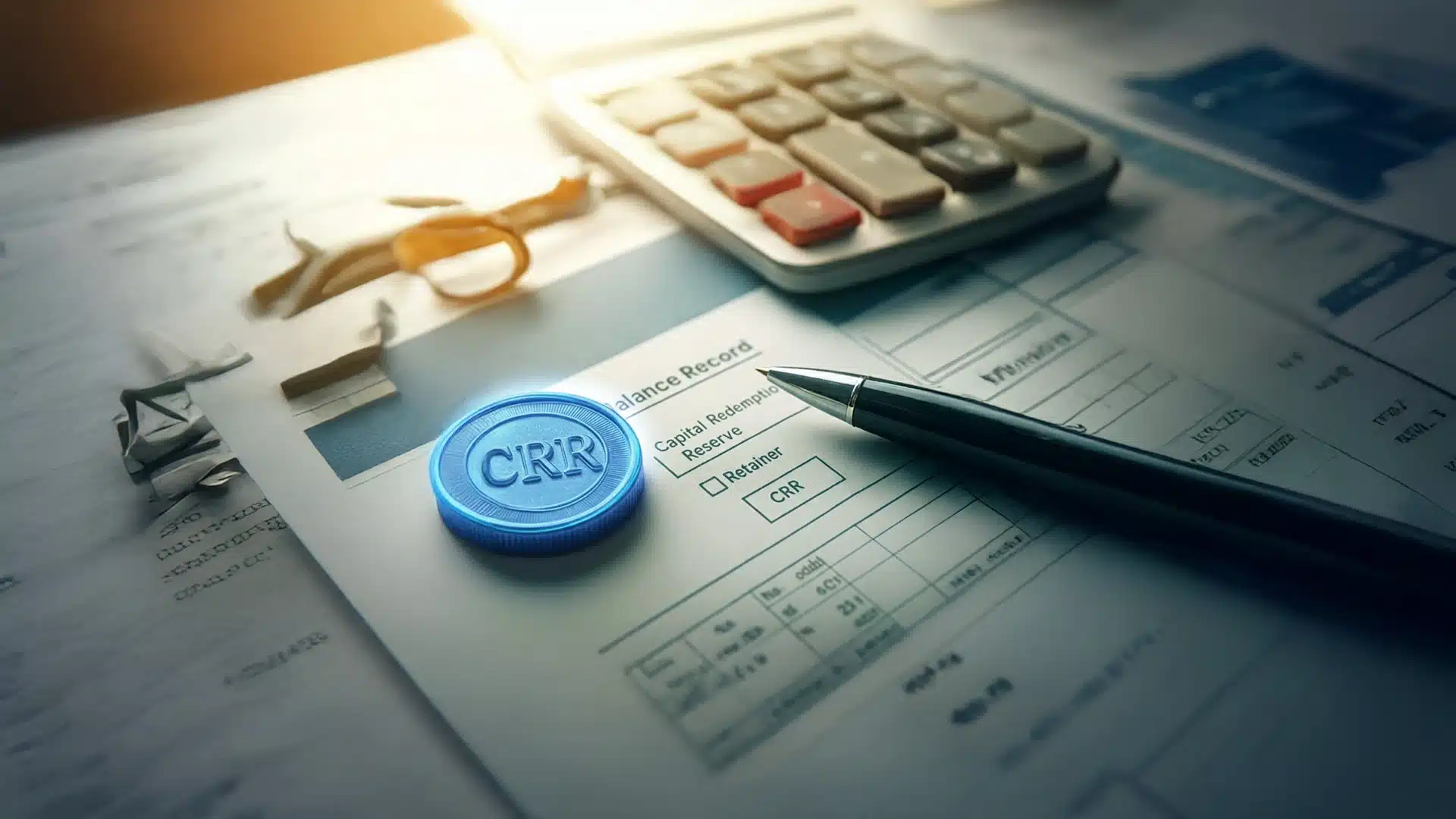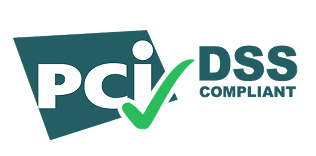For any business involved in sales and services, it is important to understand how a quote differs from an invoice. Both of these documents are essential to the process of business transactions, but they have very different purposes. Knowing when to use which will help speed up your business and eliminate confusion. This blog will go into greater detail comparing the key differences between a quote and an invoice, their uses, and the situations in which they are best deployed.
What is a Quote?
A quote is an official estimation that specifies in detail the cost structure related to the execution of the product or services involved, before the actual transaction. The operation of giving a quote is done mostly in sectors where custom work is involved, large orders are required, or pricing involves variation depending on several defining criteria. For instance, companies in the construction sector, service sector, and manufacturing sector often prepare quotes before any commencement of work or delivery of goods. It is an alleged agreement between the company and the customer that gives the price, terms, and scope of work, but that does not imply any sale or transaction. Once the client accepts a quote, they may proceed with the project or purchase, which then leads to the invoicing of the client.
What is an Invoice?
An invoice is an official statement requesting payment after goods or services have been provided for payment. It details the transaction, listing the product or service supplied, the price agreed upon, terms of payment, and other details. Invoices are usually given after services are rendered or after goods are dispatched, and thus, are crucial in the sales cycle. The invoice acts as a legitimate entry of the transaction and is vital for accounting and taxation, and financial record-keeping. Furthermore, an invoice reminds the client to pay for the goods or services rendered. Usually, an invoice must be submitted for processing the payments, whereas a quote only indicates a rough amount supposed to be given before the actual work or goods are exchanged.
Key Differences Between a Quote and an Invoice
Aspect |
Quote |
Invoice |
Purpose |
Provides an estimate of costs before the service or product is delivered. |
Request payment after goods or services have been provided. |
Timing |
Issued before work begins or goods are delivered. |
Issued after the product or service has been delivered. |
Content |
It contains estimated costs, terms of service, optional products, and delivery schedules. |
Includes final costs, taxes, discounts, and a detailed breakdown of the transaction. |
Legal Implications |
Not legally binding, serves as a proposal or estimate
. |
Legally binding; confirms the obligation to pay for services or goods already provided. |
Flexibility |
Can be revised or renegotiated if needed before the agreement is made. |
Generally cannot be revised once issued, unless canceled and reissued. |
Changes |
It can be adjusted before the final agreement or contract is signed. |
Cannot be altered once sent, unless there is an error requiring a revised invoice. |
When Should You Use a Quote?
Quotes have become imperative in the business world because they usually specify the estimated cost for the provision of any product or service before the work starts or the products are delivered. Some of the scenarios when a quote should be used are the following:
When Price Must Be Estimated
When you must give a potential client a price estimate, but the final assessment is not yet determined, a quote is your best option. This becomes especially handy when the job or product you are offering can change or maybe be customized. For example, if the service you provide takes either more or less time than what you estimated will give the client a description of the estimated cost based on your initial assumptions.
Custom-Work
Custom projects, like custom manufacturing, architecture, or construction-needs of the clients are often unique considerations, and may have ever-changing scopes. Hence, quoting allows a fluid cost estimation procedure, driven by the client specifications, so that both the business and the client are clear on pricing expectations before going into any actual work. For example, if the client is looking for a custom kitchen design or custom woodworking, they may want to be quoted so they have an idea of how much it will cost before committing to the service.
Negotiations
Quotes are typically used in the preliminary stages of a business transaction when there is room for negotiation. Be it on price, terms, or scope of services, the quote acts as a springboard for negotiations. It allows both parties to assess the approximate costs and conditions involved. This, of course, is commonplace in industries such as construction, consultancy, and other services where the scope can be tailored to fit a client’s needs. A quote may change as the negotiations evolve and reflect the changes in terms of costs.
Standardizing Pricing
Anytime you are dealing with different clients or projects, it is a good idea to use a quotation template. The template will have a standard layout to list the costs and services so that anyone using it will generate quotes with a similar look and feel. It reflects your pricing structure, services offered, and terms and conditions so that it is easy to prepare a professional-looking and clear quotation every time.
When Should You Use an Invoice?
An invoice is a formal payment request, usually issued after the completion of work or the delivery of goods. Different from quotes that will only give estimates, an invoice provides the exact amount that is due, plus instructions on how to pay. Here are the scenarios when you will be required to use invoices:
Work is Complete or Goods Have Been Delivered
An invoice is created after the agreed-upon products or services are delivered or completed. Thus, it marks the closure of the business transaction and acts as a request for payment. For example, the web development agency would raise an invoice when the website goes live and is in operation, or the goods are accepted by the buyer.
Payment is Due
Once work has been completed or after delivery of the product or service, an invoice becomes the legal document requesting payment for services rendered or goods supplied. It shows the final amount due (inclusive of taxes, discounts, or extra charges) and stands as a reminder of the terms agreed upon and the payment expectations for both parties.
Tax Reporting
The invoices are indeed indispensable for tax reporting and accounting purposes. As they document the very existence of the transaction, they assist the client and the business in maintaining accurate financial records. An invoice presents critical information including the amount to be paid, taxes, payment terms, and in-depth description of the services or products supplied. When a business files for taxes, keeps records of income, or checks compliance with different regulations, this information is indispensable.
Establishing Payment Terms
An invoice clearly states the payment terms and conditions and the due date so both parties can easily understand the time frame for payment. Whether it’s net 30, net 60, or due on receipt, the invoice states the payment terms in wherein the transaction is being made. Therefore, to ensure that there is no ambiguity in the date of payment and in the actions that could be taken in the event of a delay in payment, the invoice becomes the payment evidence.
Read more: Invoice Processing.
Understanding a Proforma Invoice
Since an invoice of any type has been mentioned, some understanding of the proforma invoice is also handy. A proforma invoice is a preliminary or “pre-invoice” document issued by the seller before the finalization of a sale. It states the estimated total cost but does not demand payment. Here’s some information on proforma invoices:
Preliminary Estimate of Costs
A proforma invoice gives an estimate of the costs to the buyer before the actual transaction takes place. This is especially important where the buyer has to confirm the cost before obtaining funding or some kind of permission to proceed. For example, in an international trade environment, a proforma invoice is usually used for outlining expected costs for goods or services and enables the buyer to either arrange for payment or submit it for customs clearance.
Used in International Trade
In international trade, proforma invoices are usually employed to give a detailed picture of expected charges to the buyers. Such invoices stand as a guide to the buyer, informing them of the budget they have to make for the purchase, including shipping and other related charges. A proforma invoice is not a legal document and becomes effective only once the final invoice has been issued.
No Demand for Payment
Unlike a regular invoice, a pro forma invoice is not a demand for payment. It simply breaks down costs for the buyer. It can form the basis for agreements among companies and their clients concerning prices and terms before the actual transaction.
Seeking Funding or Permission References
Because an issue of funds or permits must be secured before the buyer goes ahead with carrying out the transaction, pro forma invoices are often used. For example, a company may submit a proforma invoice to apply for a business loan or get clearance from an institution before making a large purchase.
How to Choose Between a Quote and an Invoice?
Depending on where you are in the transaction process and what your objective is, you choose between a quote and an invoice.
A quote is used in the initial stages of a project when providing an estimate for the product or services. A quote would be most useful when the scope or pricing is still under discussion or negotiation, and it sets clear expectations for both parties by providing at least a rough figure for the prospective client. Quotes come in handy quite often, especially for custom work and services that may be adjusted along the way, such as construction, design, or manufacturing.
An invoice is used when the work is finished or the goods have been delivered, and payment is requested. An invoice is a more formal and legally binding document that lists the exact amount that the client must pay for the completed service or product. It contains tax details as well as terms of payment and a breakdown of all charges. An invoice marks the end of the transaction and serves as a request for payment, which sees to it that the business gets paid for whatever its product or service was.
How to Handle Discrepancies Between a Quote and an Invoice
Discrepancies between the quotation and the invoice could have arisen because of varying scope of work, unforeseen expenses, or simply wrong calculations. Handling these discrepancies professionally and efficiently can help in cementing good client relationships and smoothening operations.
Communicate Early, and Be Transparent
Once a discrepancy is discovered, one should immediately inform the client or vendor of the query. Communication is key in sorting out issues on time and avoiding misinterpretations. Win the client and/or vendor over by explaining why there is a discrepancy and why the invoice varies from the quotation. Giving the client himself/herself a reason should help the client understand why the invoice varies from the quotation.
Review the Original Quotation and Invoice
Get a good view of the original documents – quotation as well as invoice – to determine where the discrepancy lay. Sometimes, discrepancies may arise because of extra services, unexpected expenses, or last-minute project changes. Checking the line items, the rate, etc., might give a clue behind this divergence.
Adjust the Invoice If Necessary
If a discrepancy is due to your error, go ahead and correct the invoice immediately. If there was an oversight in the charge computation or certain edits were left out, immediately send a revised invoice purporting to set the instance straight. The client should have the corrected invoice right away so that there are no delays in payment.
Offer Solutions or Adjustments
In cases where the discrepancy results from changed work scope or unanticipated costs, try and work towards a compromise. Discount, deferment of payment, or a modified arrangement, suitably working for both parties, can be proposed if the final amount is beyond the expectations of one party. This will keep the customer pleased and help keep your name free from harm.
Document the Changes and Agreements
To serve as an aid in the future, document any changes agreed on. When the exact scope of work is altered or changes to additional costs are imposed, make certain that all changes are documented in an updated contract or quote. This will help stop any potential future problems with transactions that may arise. By quickly resolving discrepancies with ease and professionalism, a relationship of trust can be kept intact, thereby providing an easier and more streamlined flow of the invoicing process within your business.
Conclusion
Thus, while equally important in the business world, quotes and invoices work in different roles and at different stages of a business transaction. The term “quote” is merely an estimate before work is done to enable both parties to agree on terms, while “invoice” is a formal request for payment once services have been rendered or products delivered. It is important to know these different operations to set up the business smoothly with proper financial records.








